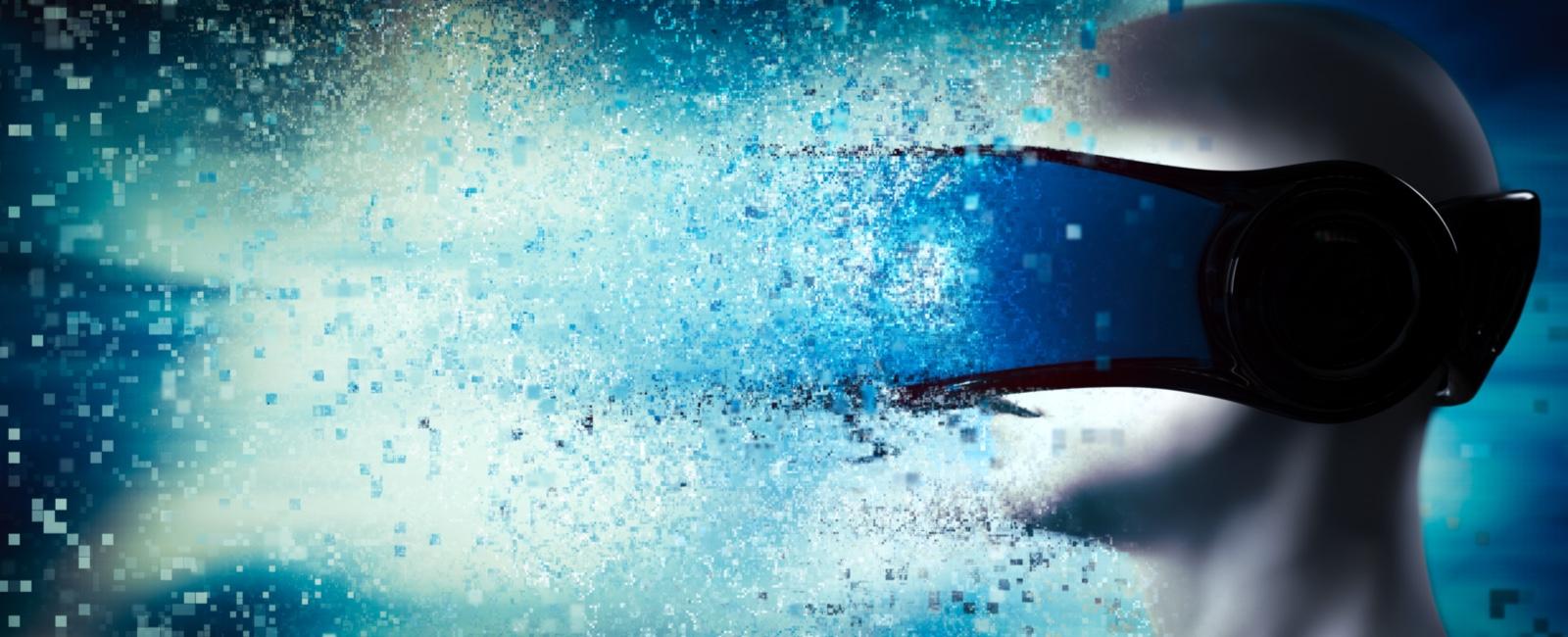How Effective is VR/AR in Education? Evaluating the Real Impact of Virtual and Augmented Reality in Learning
the digital revolution has brought a wave of innovation into classrooms worldwide. Among the most exciting developments are virtual reality (VR) and augmented reality (AR). These immersive technologies promise to reshape how students learn, making lessons more interactive, memorable, and engaging. But how effective is VR/AR in education? In this extensive article, we evaluate the real impact of virtual and augmented reality in learning, exploring benefits, challenges, case studies, and world-class educational strategies.
Understanding VR and AR in Education
What is Virtual Reality in education?
Virtual reality (VR) immerses users in a completely simulated environment using headsets and advanced software.In educational settings, VR can transport students to ancient Rome, the depths of the ocean, or even inside the human body, delivering experiences that textbooks cannot replicate.
What is Augmented Reality in Education?
Augmented reality (AR) overlays digital content onto the real world via smartphones, tablets, or AR glasses.AR in education allows for interactive diagrams, 3D objects, and enhanced visualization to appear within the student’s physical environment, deepening understanding through hands-on exploration.
The Benefits of VR/AR in Learning
- Enhanced Engagement: VR and AR make learning fun and interactive, increasing student motivation and participation.
- better Retention: Immersive experiences help students retain information longer by engaging multiple senses.
- accessibility: VR can bring field trips, laboratories, and experiences to students who may not have access or else.
- Personalized learning: Adaptive VR/AR scenarios can tailor lessons for different abilities and learning paces.
- Safe Learning Environment: Students can practice procedures, make mistakes, and experiment in a risk-free digital environment.
- Real-World Skills: VR/AR teaches collaboration, problem-solving, and digital literacy—essential skills for the modern world.
Evaluating the Effectiveness of Virtual and Augmented Reality in education
Research-Backed Results
Numerous studies have examined the real impact of VR and AR in learning environments. According to a Frontiers in Education review, students exposed to VR-based instruction demonstrated a 20% increase in retention compared to those taught with traditional methods.
Additionally, meta-analyses in Educational Technology Research and Advancement found that AR enhances spatial understanding and concept visualization—critical in subjects like biology and engineering.
Where VR/AR Makes the Biggest Difference
- STEM: Science, technology, engineering, and math benefit from visualization of complex concepts.
- History & Social Studies: VR field trips allow students to virtually walk through historical events and places.
- Language Learning: Immersive conversations and cultural experiences boost language acquisition.
- Special Education: Personalized and customized AR/VR lessons improve inclusivity and independent learning.
Challenges and Limitations
- Cost and Accessibility: VR headsets and AR-enabled devices can be expensive for manny schools.
- Technical Barriers: Both teachers and students require adequate training and support.
- Content Limitations: High-quality, curriculum-aligned VR/AR educational content is still emerging.
- Motion Sickness: Some users experience discomfort or disorientation in VR environments.
- Screen Time concerns: Increased use of digital devices may raise issues about screen time and eye health.
Educators and school districts must weigh these challenges against the benefits to maximize the effective impact of VR/AR in education.
Real-World Case Studies
1. Stanford university’s Virtual heart Project
Stanford’s VR platform simulates the human heart, allowing medical students to interactively explore anatomy and pathology. Early results show not only improved student understanding but also a higher success rate in exams compared to traditional anatomical models.
2. Google Expeditions in K-12 Schools
Using Google Expeditions, classrooms worldwide have explored the Great Barrier Reef, Mars, and more—all through affordable VR headsets. Teachers report that lessons taught via VR are easier to remember and more engaging for diverse learners.
3. Augmented Reality in Special Needs Education
Schools are deploying AR apps that help students with autism navigate social interactions or routine tasks by overlaying cues and guides. In pilot programs, teachers observed measurable increases in independence and participation among students.
Best Practices: Implementing VR/AR in Educational Settings
- Start Small: Pilot VR/AR applications with a single class or lesson to gauge effectiveness and troubleshoot issues.
- Align With Curriculum: Choose VR/AR content that directly supports learning objectives.
- Invest in Training: Offer professional development for teachers to build confidence and competence with these new tools.
- Prioritize Accessibility: Opt for cost-effective and inclusive solutions,such as mobile AR apps.
- gather Feedback: Collect input from students and educators to improve future implementations.
first-Hand Experiences: Insights from Students and Educators
“I never understood cell biology until I walked around inside a virtual cell! VR made it real in a way the textbook never could.”
— High School Student,California
“Our students are more curious and ask better questions after an AR field trip. Engagement is through the roof.”
— Elementary Teacher, UK
Feedback from educators and learners suggests that immersive technologies foster a deeper level of curiosity and critical thinking—key components of modern education.
Practical Tips for Schools Looking to Use VR/AR
- Seek out grants or partnerships to fund devices and development.
- Use free or low-cost VR/AR apps for mobile devices to reduce expenses.
- Integrate VR/AR as a supplemental tool, not a replacement for traditional teaching.
- Encourage students to create their own VR/AR content as a project-based learning activity.
Conclusion: The Real Impact of VR/AR in Education
So, how effective is VR/AR in education? The evidence suggests that while there are challenges, the overall impact of virtual and augmented reality in learning is transformative. VR and AR technologies not only boost engagement and understanding but also expand access and opportunity for learners everywhere. As the field continues to evolve, adopting best practices and focusing on well-designed, curriculum-driven content will ensure that immersive technology takes education to unprecedented heights.
For educators, students, and policymakers, the question is no longer whether to adopt VR and AR—but how to do so effectively for the best educational outcomes.

